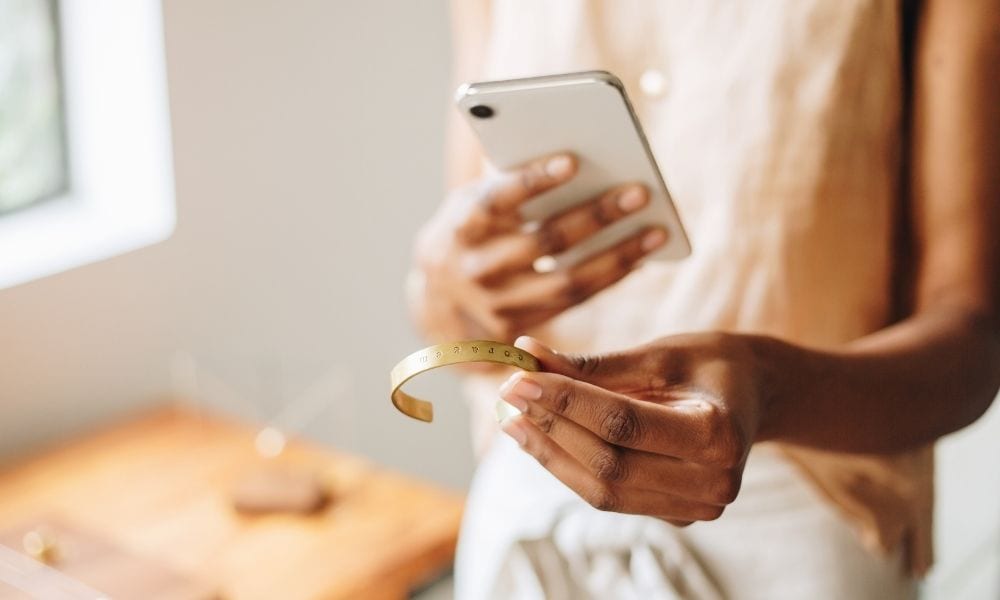

Jewelry-making is a fine, fascinating, and even profitable hobby, but it goes beyond simply stringing beads and weaving friendship bracelets. A wealth of methods and materials are available to create beautiful baubles and lovely trinkets. If you’re considering pursuing jewelry-making in your spare time or even all the time, here’s a selection of unique techniques in jewelry-making.
If you wear a ring with a gem set in it, look at it closely. If a claw-like arrangement of three or more metal hooks holds the gem in place, that’s a prong setting or prong mount. Jewelers solder prongs onto the main part of a ring to grip and hold the gem in place. But prongs serve several functions beyond ensuring that the gem doesn’t slip free. With diamonds, the slightly raised and exposed arrangement permits light to enter a gem from more angles, giving it a greater brilliance and glittering radiance. Prong settings often turn up in engagement rings. While sometimes colloquially known as a “Tiffany setting,” the institution of Tiffany and Company has fought to retain the name exclusively for Tiffany rings.
Hand-stamped jewelry is just what it sounds like. The jeweler uses a stamp and hammer to embed an image into a piece of metal. Common metals used for hand stamping include aluminum, silver, pewter, copper, brass, gold, and similar metals. Stamps, which consist of pictures, letters, numbers, and other images, are set in a stamping block. The jeweler places a metal blank over the stamps and strikes it with a special stamping hammer, hopefully not more than once, setting the impression in the plate. It’s a tricky procedure, but it can produce fine, personalized, and wholly unique pieces.
While more commonly used for industrial applications, such as creating a protective surface against corrosion and the weather, improving or controlling conductivity, or just for appearances, metalizing can also be applied in jewelry-making. Jewelers use gold-plating, and more generally electroplating, to apply a metallic surface to plastic, glass, and other metals, creating a more beautiful and striking exterior. Jewelers can use metallization to create silver and other finishes as well. In a more general sense, there are thousands upon thousands of treated beads and other trinkets that can give jewelry a fine metallic look.
One of the final unique techniques in jewelry-making is wire wrapping. Another self-explanatory method, wire-wrapping involves manipulating, shaping, and interlocking loops of wire with itself, other wires, and assorted decorative elements like beads, medallions, and other items. Different jobs require different gauges, or thicknesses, of wire. The higher the gauge, the thinner the wire. Wire also comes in different shapes, such as round, square, half-round, and twisted. You can also use either dead-soft or half-hard wire; the former is easier to shape while the latter provides sharper angles.
Discover smart wine storage solutions for hot summer months without air-conditioning. Keep your bottles safe…
Throwing a wedding is exciting and stressful, as you try to make it exciting for…
Transform your living space into a luxurious retreat with these expert design strategies that introduce…
With free time, it’s important to find the activities and hobbies that bring you joy.…
Your website is the foundation of your brand's online presence. Potential clients often visit it…
Upgrading your home's interior doors can dramatically enhance the aesthetic, functionality, and value of your…